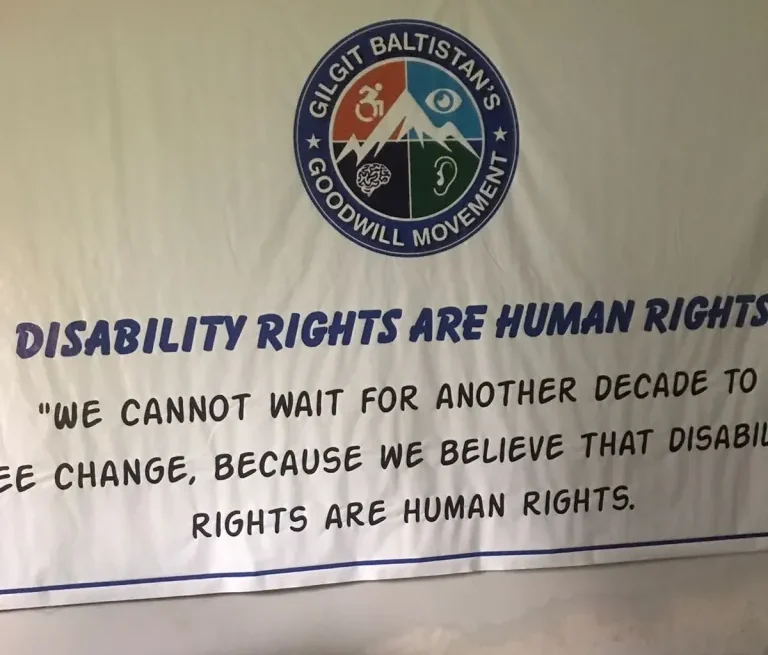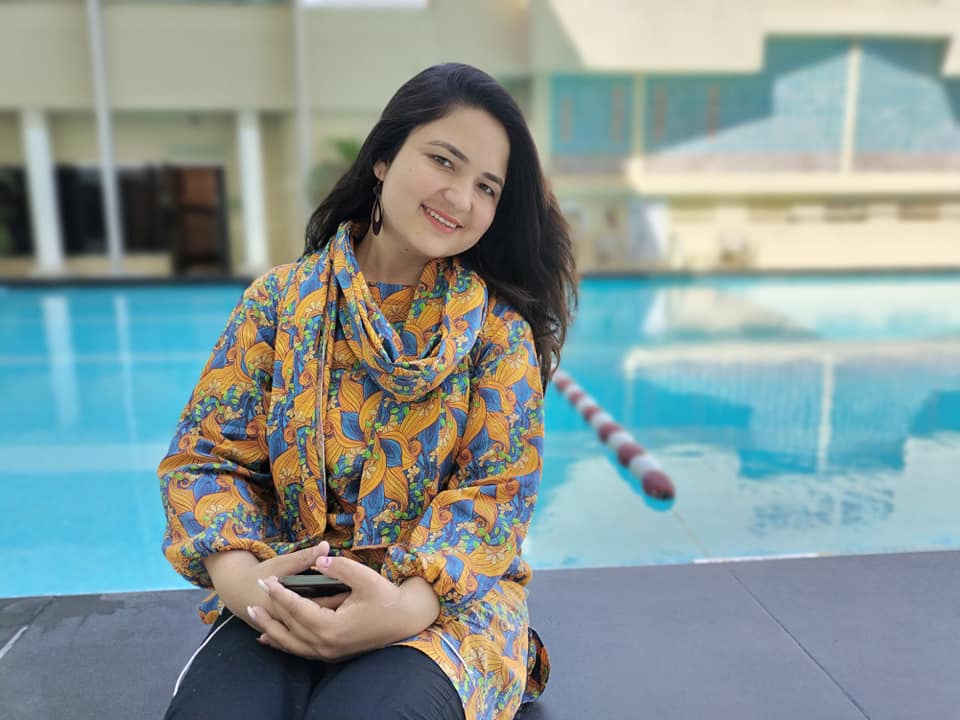As we reflected on in an earlier article, what is meant by a helping hand for the disabled community? This article thoroughly discusses how this hand relies on donations from individuals, enterprises, and organizations. We spoke of transnational organizations such as Unicef, Islamic Relief, and Save the Children. In this charitious work, sometimes the marginalized are forgotten about. For example, Islamic Relief may have disabled-related programs, but their targeted initiatives only go so far and are limited in scope. We thank all charities for their efforts, but until you have leaders within your community highlighting the injustices faced, in this case by the disabled community, one cannot have that much knowledge or the know-how of the problem at hand. Without donors, one cannot plan for the short or future terms.
Though in the last series of articles, Ghulam mentions the organization’s long-term and short-term goals; I go into this deeper. Though Pakistan faces political and economic turmoil, I still believe the need to empower disabled or differently-abled people is viable and possible. Let’s consider it. 1 – We are not asking for a lot, 2 – We are asking for fundamental human rights, and 3 – We should learn the lessons from the more developed world like the UK or USA, where ADA Law was passed. Gilgit Baltistan, though it is a Pakistani region, does not face political upheaval. Yes, economic issues are there but rural and urban development still progress in GB. For the past decade, I have been trying to raise awareness through multiple platforms, GBGM being one. However, I now realize that with private investment, we can make a difference in a remote region of Pakistan, notably through the Aga Khan Development Network (AGA). What I find interesting about the AGA model is that AGA promotes community leadership and self-reliance. Without going into much detail of AGA Model, GBGM is trying to do this: promoting community leadership from the marginalized of the marginalized.
I do understand that the AGA model is complex, but it is simply based on its community or Jamati donations. Private investors can help us reach our targets quickly and more sufficiently. For example, the disabled community (in Gilgit Baltistan) faces high unemployment, mass levels of absolute poverty, and a lack of education and equal opportunities. With private investment, the community could, if not improve its status, at least promote community leadership.
Many donors would think about a SWOT analysis – what are the strengths, weaknesses, opportunities, and threats of GBGM, and rightly so. The strength of GBGM is that we are a highly committed and active team of disabled students who understands the role of international and national political institutions: No institution, whether government or private, will act on its laws unless there is sustained pressure and success stories of an organization relating to any policy. Some donors might question the organization’s leadership and structure, which I respect; However, saying that Quaid-I-Azam and Martin Luther King were individuals who led to Pakistan and, in King’s case, the Civil Rights Movement. Until you have grassroot leadership, you can not alleviate poverty, etc. The opportunities and threats of GBGM, however, remain that it is underfunded. In other articles, we have explained the reasons why it is underfunded. Still, people can help us towards reaching a goal of 50 lakhs PKR, where we can design our projects and sustain funding for the immediate long term with the help of private investment. I would like to emphasize that no investment or donation is small, but a willingness to help us is great within itself. If there are any more questions, please message or email me.



